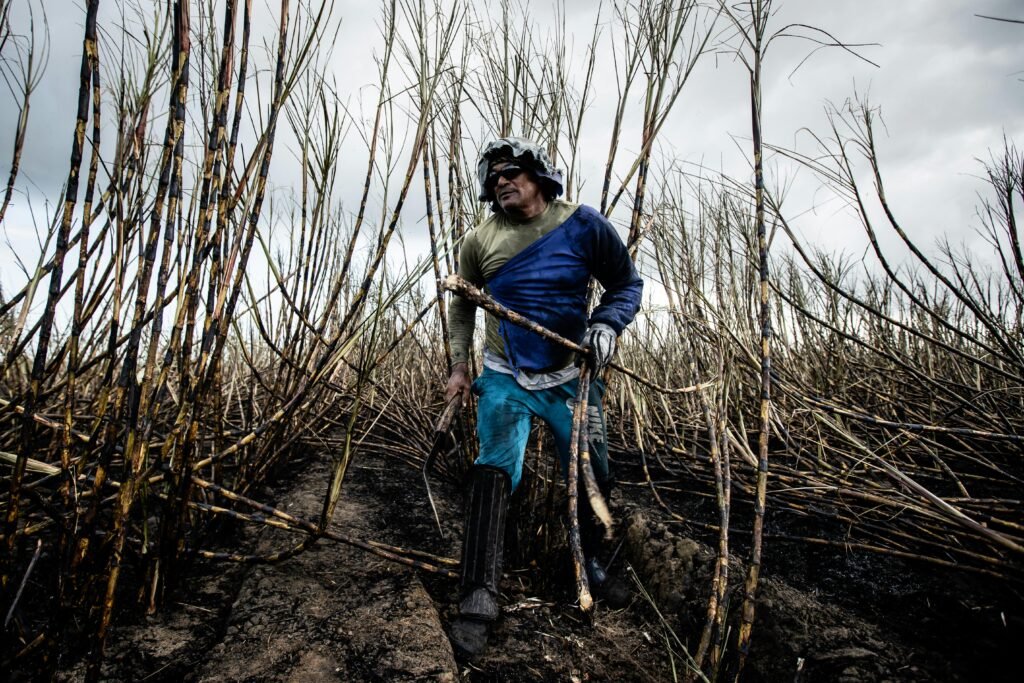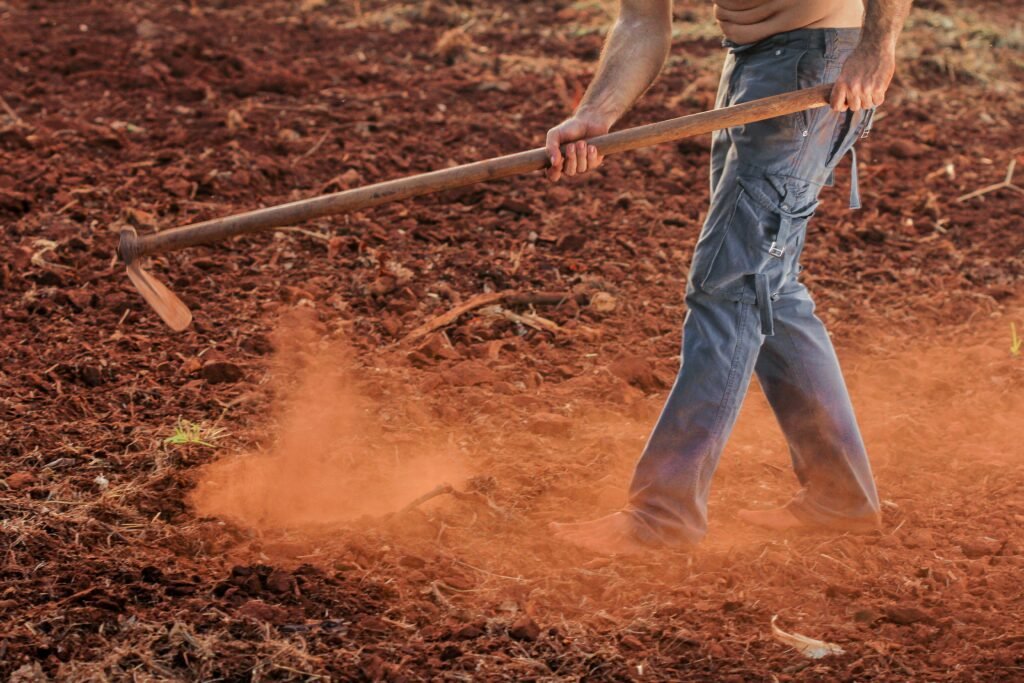🌾 Introduction
Sugarcane farming in India is one of the most profitable agricultural ventures due to high demand from sugar mills, jaggery units, and the ethanol industry. However, to maximize profit, increasing the yield per acre is essential. In this guide, we will share practical, research-backed, and SEO-optimized expert tips to boost sugarcane production in India.


📍 Suitable Climate and Soil for Sugarcane Cultivation
Temperature: Ideal between 20°C to 38°C
Rainfall: 1000 to 1500 mm (supplement with irrigation)
Soil Type: Deep, well-drained, fertile loamy or alluvial soil
pH Range: 6.0 to 7.5
🌱 Choose High-Yield Sugarcane Varieties
Selecting the right high-yield sugarcane variety is the first step to improving production.
✅ Recommended Varieties in India:
Co 0238 (Kanchan) – North India
Co 86032 – Maharashtra, Karnataka
Co 7805 – Andhra Pradesh
BO 91 – Bihar
CoLk 94184 – Uttar Pradesh


🚜 Land Preparation and Spacing Techniques
Deep plough the field (up to 30 cm)
Apply well-decomposed farmyard manure (25-30 tons/ha)
Create ridges and furrows for better root development
👉 Row Spacing:
Single Row Method: 90 cm spacing – traditional
Paired Row or Wide Row Planting: 120 cm – increases tillering and yield
📆 Optimum Time for Planting
There are three major planting seasons:
Spring Planting: February to March (Northern India)
Autumn Planting: October to November (Southern India)
Suru Season: December to February (Maharashtra)
Planting at the right time ensures proper germination and root establishment.


💧 Efficient Irrigation Techniques
First irrigation immediately after planting
Frequent irrigation during tillering and grand growth stage
Use drip irrigation or furrow irrigation for better water use efficiency
Maintain proper drainage during rainy seasons to avoid waterlogging.
🧪 Nutrient & Fertilizer Management
Fertilizer Recommendation (per acre):
Nitrogen (N): 150–200 kg
Phosphorus (P2O5): 60–70 kg
Potassium (K2O): 60–70 kg
Apply in three split doses:
Basal
45 days after planting
90 days after planting
Micronutrients:
Apply Zinc, Sulfur, and Iron based on soil test results.


🌿 Weed Management in Sugarcane Fields
Weeds can reduce sugarcane yield by up to 30% if not controlled timely.
Control Measures:
Pre-emergence herbicide: Atrazine @ 1.5 kg/ha
Manual weeding: 2-3 times in the first 90 days
Use mulching or intercropping to suppress weed growth
🐛 Pest and Disease Control
Common Sugarcane Pests:
Early shoot borer
Top shoot borer
White grub
Termites
Common Diseases:
Red rot
Smut
Wilt
Solutions:
Use treated seed sets
Follow crop rotation
Apply recommended insecticides like Chlorpyrifos, Monocrotophos


🔁 Ratoon Management (Second Crop)
Ratoon cropping (growing sugarcane from leftover stubble) can be equally profitable if done properly.
Tips:
Use only healthy first crop fields
Apply extra fertilizers and irrigation early
Remove dead stubble for uniform sprouting
📊 How Much Sugarcane Yield Per Acre?
With improved practices, average yields can be:
Traditional methods: 30–40 tons per acre
Modern techniques: 50–70 tons per acre
High-tech farming: Up to 100 tons per acre


💸 Profitability and Market Value
MSP for sugarcane in 2025: Approx. ₹340 per quintal (may vary by state)
Selling to sugar mills, jaggery units, or ethanol producers
Organic sugarcane can fetch premium prices
With smart planning, farmers can earn ₹1.5 to ₹2 lakhs per acre annually from sugarcane.
📝 Government Support for Sugarcane Farmers
MSP (Minimum Support Price) for sugarcane
Subsidy on drip irrigation and machinery
Financial aid from Sugar Development Fund (SDF)
Farmer loans through Kisan Credit Card (KCC)

✅ Conclusion
Boosting sugarcane yield per acre is possible through a combination of high-yielding seeds, scientific techniques, proper irrigation, and integrated pest management. Small changes in your approach can bring massive improvements in your crop output and profits. Keep learning, stay updated with local agri experts or Krishi Vigyan Kendras (KVKs), and continue growing successfully.
